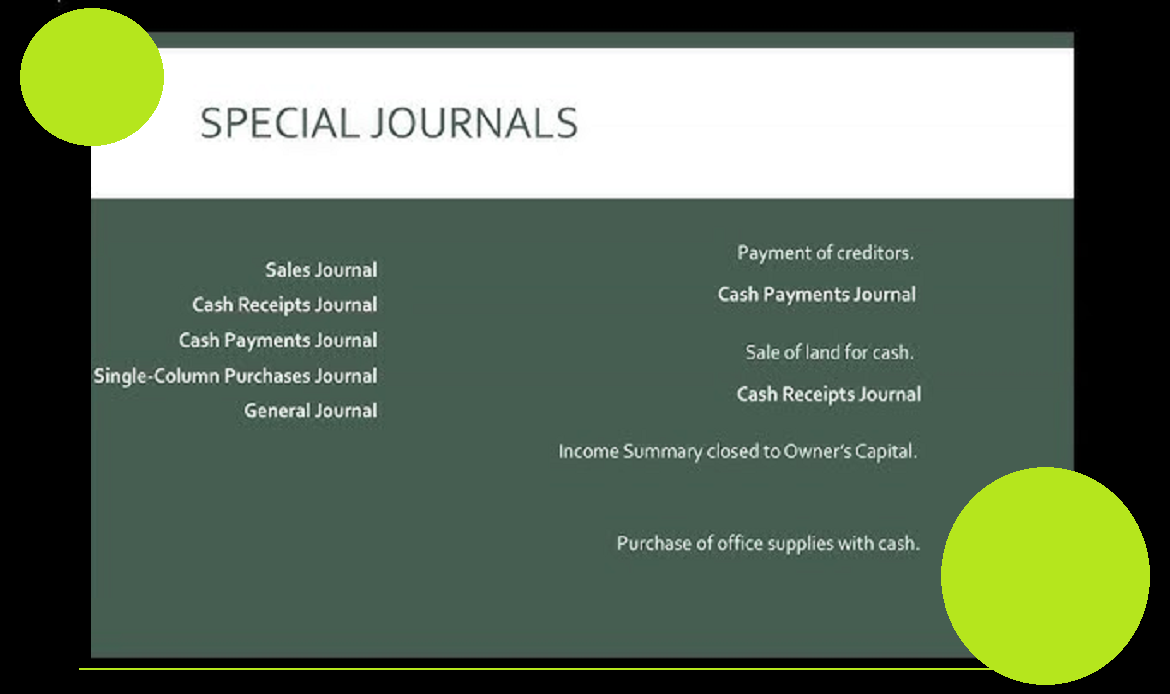In connection with assets (tangible assets / fixed assets or intangible asset such as goodwill), it is the amount that is determined as the higher of two values: 1) fair value less costs of disposal (which results in net realizable value, NRV) and 2) value in use (VIU). Costs of disposal are the costs incurred by an entity on disposal of an asset (these costs are also known as net selling price). Value in use captures the present value of future cash flows expected to be derived from an asset over the course of its life.
Recoverable amount is an important measure of value as it constitutes the highest level that the carrying amount of an asset can reach before it gets impaired. The recoverable amounts of specific types of assets (intangible assets) are measured annually, irrespective of existence of any indication that such assets may be impaired. These assets are:
- an intangible asset with an indefinite useful life;
- an intangible asset not yet available for use; and
- goodwill acquired in a business combination.
The inputs required for calculation of recoverable amount are carrying amount, fair value, cost to sell, and value in use. To compute the fair value less the cost to sell, the cost to sell is subtracted from carrying amount. For example, if it cost an entity $5,000 to sell the a real estate asset, the cost to sell would be, supposing that carrying amount is $100,000:
Carrying amount – cost to sell = $95,000.
To determine the value in use, the cash flows generated from the asset for the reminder of its useful life need to be defined (which would correspond to value in use in this particular case). Assuming that the value turned out to be $85,000, the recoverable amount is the fair market value less costs to sell (as it is higher than value in use).




